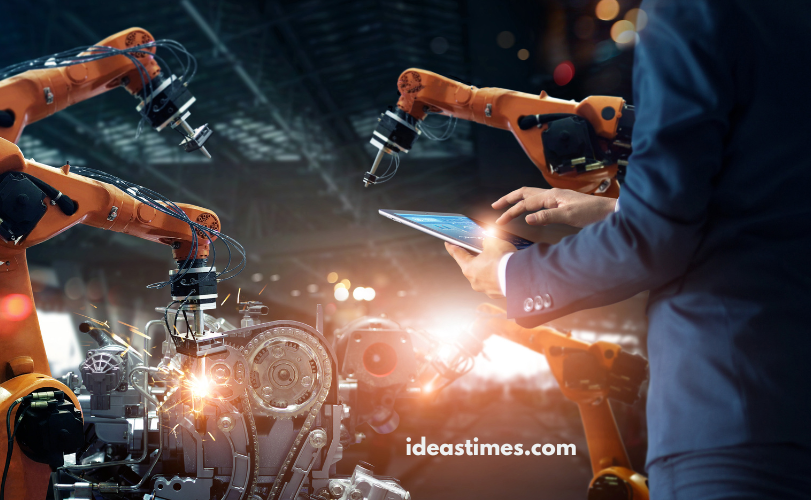The integration of AI in robotics is revolutionizing industries, bringing unprecedented efficiency and innovation. As technology advances, businesses are increasingly adopting AI-driven robots to streamline operations. This shift is not only enhancing productivity but also paving the way for new possibilities. In this article, we will explore seven exciting benefits of AI robotics that are transforming industries across the globe.
1. Enhanced Precision and Accuracy
One of the most significant advantages of AI in robotics is the enhanced precision and accuracy it brings to industrial processes. Robots equipped with AI algorithms can perform tasks with a level of detail and consistency that far surpasses human capabilities. This precision is particularly beneficial in industries like manufacturing, where even the smallest error can lead to significant losses. With AI in robotics, companies can ensure high-quality output, reducing waste and increasing overall efficiency.
2. Increased Operational Efficiency
The use of AI in robotics is drastically increasing operational efficiency in various industries. AI-powered robots can work around the clock without fatigue, performing repetitive tasks with speed and consistency. This continuous operation leads to faster production times and lower operational costs. Additionally, the ability of AI to learn and adapt to new tasks makes these robots incredibly versatile. Companies can optimize their workflows and achieve higher productivity levels by integrating AI in robotics into their operations.
3. Cost Reduction
Another compelling benefit of AI in robotics is the potential for significant cost reduction. By automating tasks that would typically require a large workforce, businesses can cut down on labor costs. Moreover, the efficiency and accuracy of AI-driven robots minimize material waste, further reducing expenses. Over time, the initial investment in AI in robotics pays off as companies experience lower operational costs and higher profit margins.
4. Enhanced Safety
Safety is a top priority in many industries, and AI robotics is playing a crucial role in enhancing workplace safety. AI-powered robots can perform hazardous tasks, such as handling toxic materials or working in extreme conditions, reducing the risk to human workers. Additionally, AI systems can monitor the environment and predict potential hazards, allowing for proactive safety measures. The implementation of AI in robotics not only protects employees but also minimizes the likelihood of accidents, ensuring a safer work environment.
5. Flexibility and Scalability
The flexibility and scalability offered by AI in robotics are transforming how industries operate. AI-driven robots can easily be programmed to perform various tasks, making them adaptable to different production needs. This flexibility allows companies to scale their operations up or down based on demand without significant changes to their workforce or infrastructure. The ability to quickly adapt to market changes gives businesses a competitive edge, making AI in robotics an invaluable asset in today’s dynamic market landscape.
6. Improved Quality Control
AI in robotics is revolutionizing quality control processes in industries. AI-powered robots can inspect products with incredible precision, identifying defects that might be missed by human inspectors. This high level of scrutiny ensures that only products meeting the highest standards reach the market. Moreover, AI algorithms can analyze production data to identify trends and prevent future defects. By integrating AI in robotics into quality control, companies can maintain consistent product quality and enhance customer satisfaction.
7. Innovation and Competitive Advantage
Finally, AI in robotics is driving innovation and providing companies with a significant competitive advantage. The ability to automate complex tasks and analyze vast amounts of data opens the door to new possibilities in product development and service delivery. Companies that embrace AI robotics are at the forefront of innovation, creating products and services that set them apart from competitors. As AI technology continues to evolve, its role in driving industrial innovation will only grow, solidifying the importance of AI in robotics in the future of industry.
Conclusion
In conclusion, the integration of AI in robotics is bringing transformative benefits to industries worldwide. From enhanced precision and efficiency to improved safety and innovation, the impact of AI in robotics is profound. Companies that embrace this technology are not only improving their operations but also positioning themselves as leaders in their fields. As AI in robotics continues to advance, its role in shaping the future of industries will become even more significant. The future is undoubtedly AI-driven, and those who harness its potential will lead the way in the industrial revolution.

